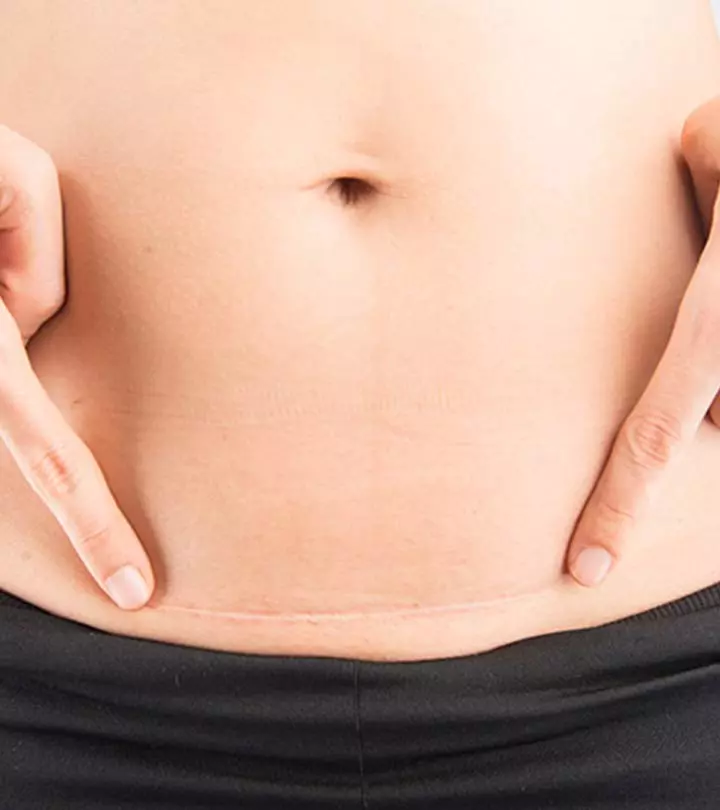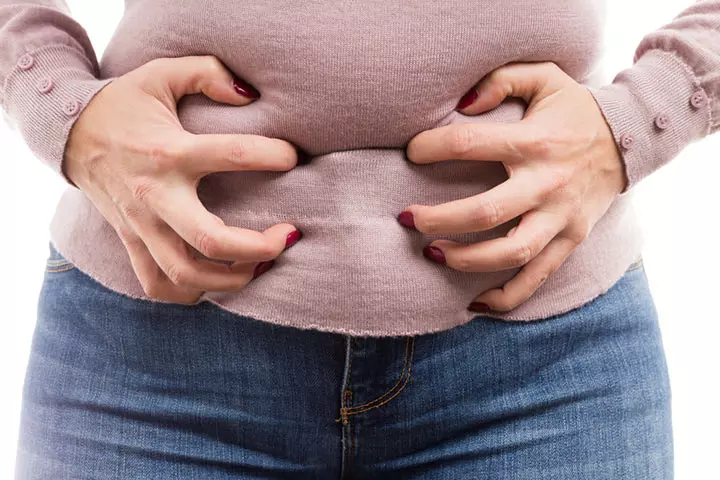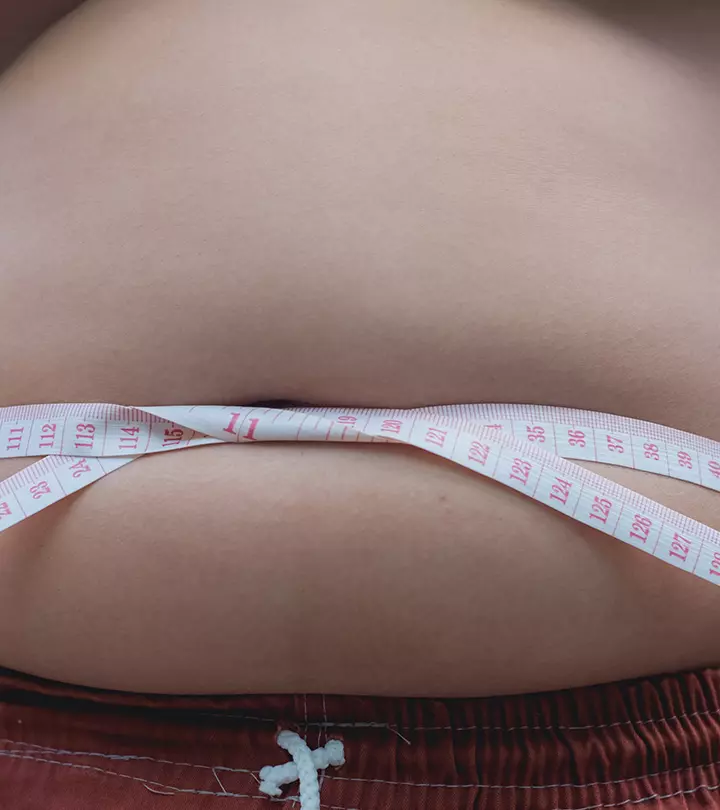

Image: Shutterstock
Even after you’ve successfully crossed the nine-month milestone and delivered your baby, your body doesn’t stop changing. It certainly doesn’t hit the reverse button to the long-gone pre-pregnancy days. Like most good things, it takes time, and during this transient phase, a mother undergoes a lot of physical and emotional changes. To top it off, if you’ve had a C-Section, these changes are all the more evident and discomforting.

Although many women accede to this surgical method of delivery due to various medical reasons, every woman has a different story to tell from her C-section experience. Due to the incision made in the stomach, the pain is several folds higher than the pain experienced in a normal birth. Following delivery, the slit on the stomach is stitched back under the effect of anesthesia, but the abdominal muscles, the uterus, and the skin take several weeks to shrink back to their normal size. With so much going on, your stomach is bound to undergo changes. If your questions are about these changes, then your search ends here.
Abdominal Soreness
Image: Shutterstock
A C-section isn’t easy, and if you’ve had one, the recuperation period from the major abdominal surgery is likely to put you through a period of soreness. The area around the incision is very sensitive right after the surgery and should be tended to with utmost care. In addition to soreness, some women experience nausea as a side effect of the anesthesia. The exhaustion after the cesarean stays for a while, and the only way to make through it is by giving yourself a lot of rest. Sometimes, the pain gets unbearable and some may notice redness, swelling, or irritation around the incision. It is best to seek your doctor’s help right away. If the doctor has put you on painkillers, be sure to not get accustomed to the analgesics.
Posture Discomforts
Post-cesarean spells a chapter of qui vive (high vigilance) for the moms. Things as easy as ABC become a task for women when they find themselves wary of moving, standing, and walking post the surgery. Certain postures like standing and sitting for a prolonged duration may cause a great deal of discomfort. However, it becomes essential to maintain a good posture when sitting or standing. The abdominal muscles need to be aligned back to its natural state and help the stomach muscles heal, and this is what causes the excruciating pain.
Constipation
Image: IStock
A C-section can mess with your body in ways you hadn’t thought of. After the catheter is removed, it can make otherwise effortless body mechanisms like using the loo, a challenging task. As the effect of anesthesia wears off, your bowel movements will align back to its regular self, but until then there could be a case of constipation.
Body Stiffness
The tissues in your abdomen have gone under the knife, and are now tied together for healing. This restricts your movement substantially, leaving your body feeling rigid. An added discomfort comes from your thighs sticking to each other, because of which you’ll find it next to impossible to walk properly, for a couple of days. It takes up to 6 months for the area around your stomach to heal. Sometimes, the vein and tissues around the abdomen too may be affected. All you need to do is to embrace the virtue of patience and let time do the healing.
How To Strengthen Your Stomach Muscles
After a brief period of rest of up to six weeks, women can start light exercises. With exercise, the stomach muscles tend to regain their strength. Slowly, but eventually, they will turn back the clock. Some of the most recommended exercises are yoga and abdominal reconditioning. You can either follow exercises from the popular fitness moms on the web or go old school and consult your doctor.
What may seem like an eternity is actually the most important period of recuperation and rejuvenation for your stomach muscles. This is why women who have taken the C-section route are advised not to move around or engage in activities that exert even an iota of pressure on the body. So, rest well and happy healing!
Community Experiences
Join the conversation and become a part of our nurturing community! Share your stories, experiences, and insights to connect with fellow parents.














